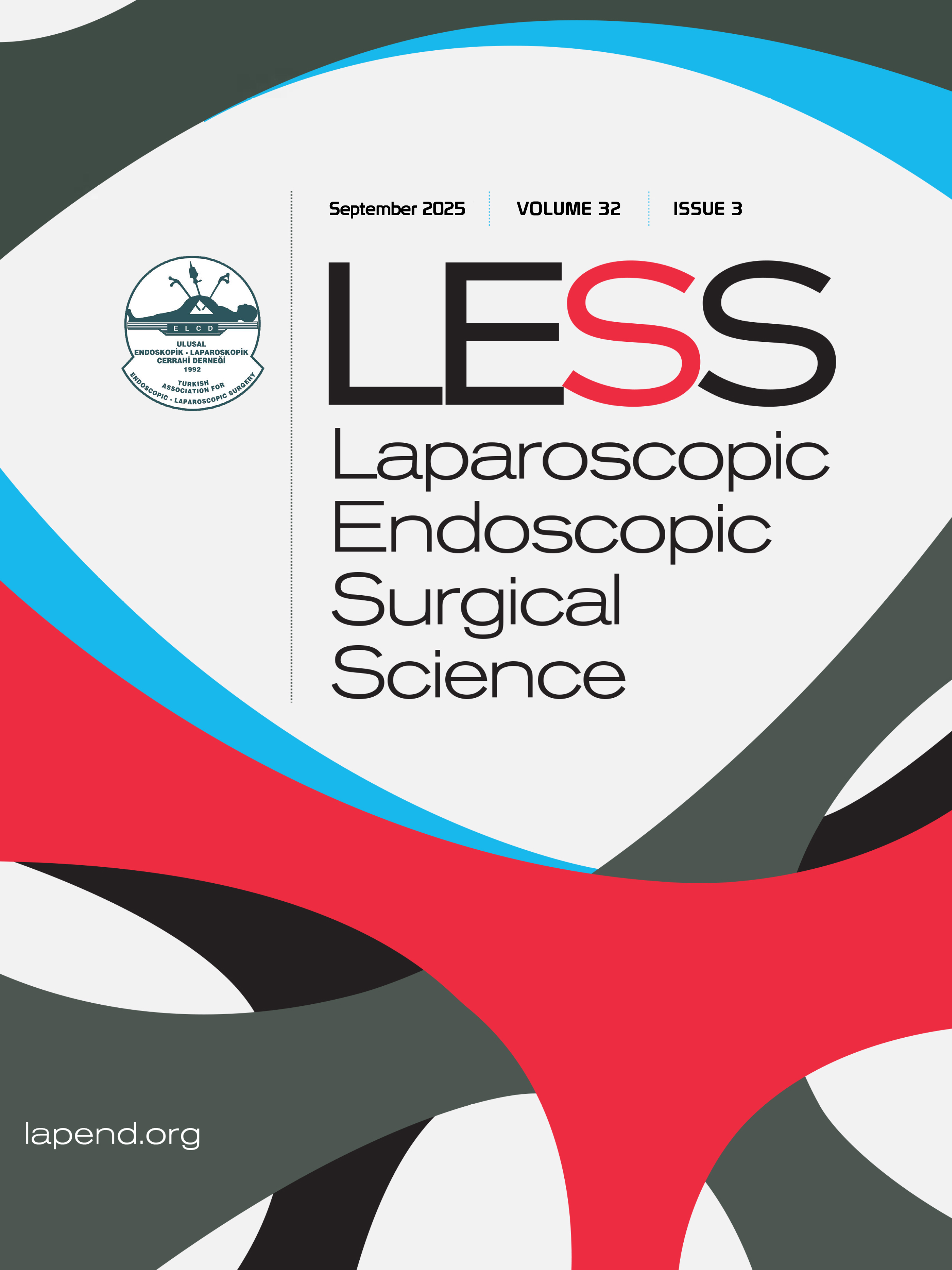Are morbid obese (classIII) patients at high risk for postoperative complications after robotic ventral hernia repair? A propensity score matching analysis
Fahri Gokcal, Omar Yusef KudsiDepartment of Surgery, Good Samaritan Medical Center, Tufts University Faculty of Medicine, Brockton, Boston, MA, USAINTRODUCTION: Extreme obesity is an independent risk factor for many perioperative complications, as well as the development of ventral hernias. Many surgeons consider extreme obesity as a prohibitive factor for minimally invasive ventral hernia repair (VHR). To investigate whether robotic VHR (RVHR) has value in these highrisk patients, in this study, we aim to compare outcomes between classIII obese (BMI ≥40 kg/m2) patients and nonobese (BMI <30 kg/m2) patients.
METHODS: A retrospective analysis of a database collected between 2012 and 2020 was performed. A 1: 2 propensity score match (PSM) analysis was implemented to obtain two balanced patient groups. Univariate analyses, in unmatched and matched samples, were performed between the two groups concerning preoperative, intraoperative, and postoperative variables. Postoperative complications and morbidity (up to 90days) were assessed using the ClavienDindo classification and comprehensive complication index (CCI®) score system.
RESULTS: Our initial cohort consisted of 598 patients, in which 287 unmatched patients were included. After 1: 2 PSM, 86 and 43 patients were assigned to the nonobese and classIII obese groups, respectively. Differences in unmatched patient demographics, hernia characteristics, and intraoperative variables between the two groups were resolved after matching. In an unmatched comparison, classIII obese patients experienced higher rates of ClavienDindo gradeII complications and cellulitis. However, the two matched groups experienced similar postoperative complication rates.
DISCUSSION AND CONCLUSION: This study revealed that classIII obese patients can obtain similar benefits from RVHR as their nonobese counterparts. Surgeons should consider patient and hernia characteristics when planning to perform RVHR in these patients, rather than BMI alone.
Manuscript Language: English















